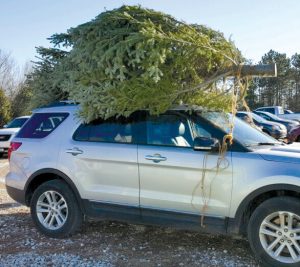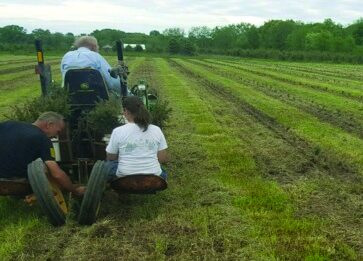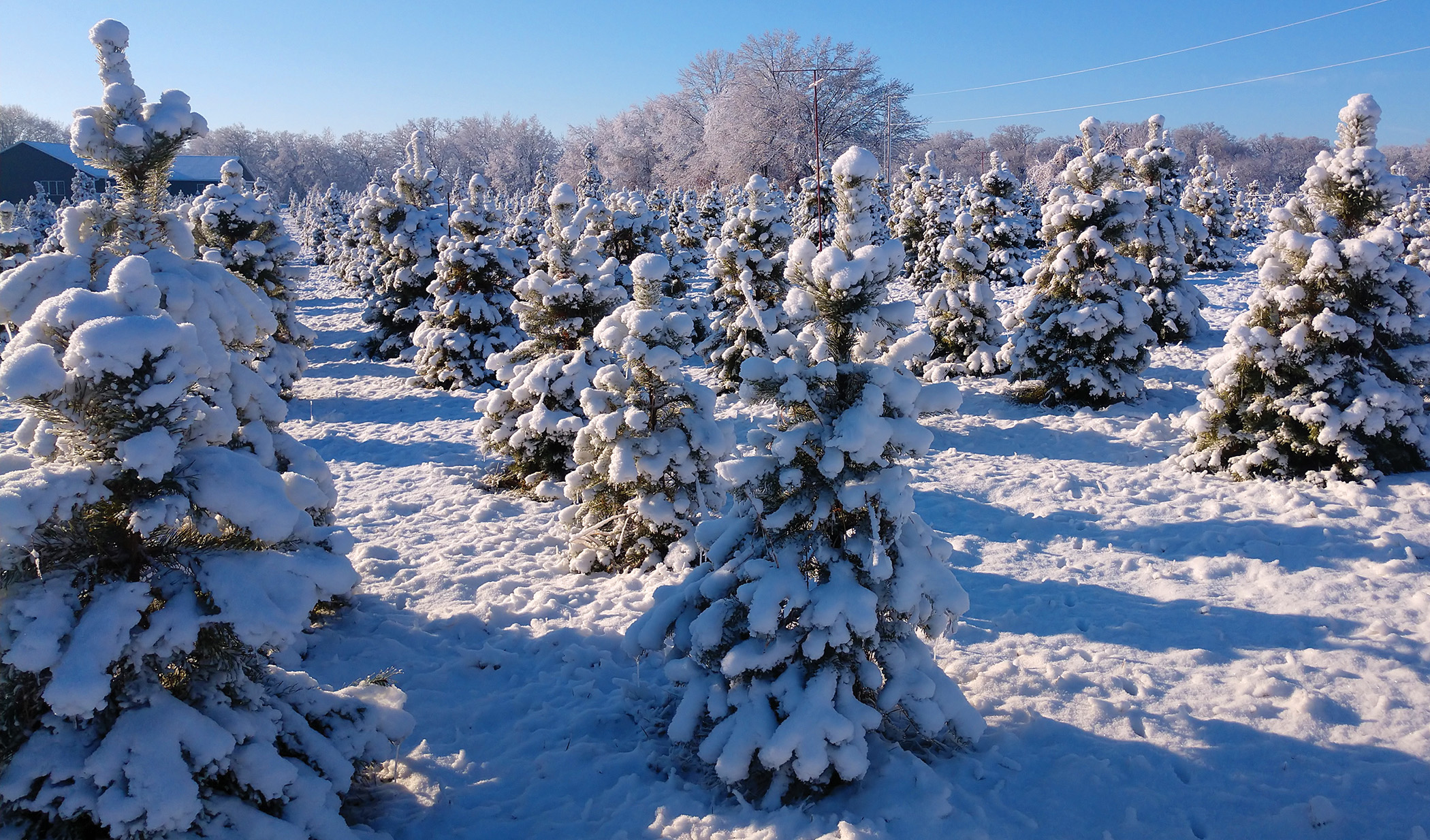There’s a magic to picking the right Christmas tree, say those who’ve been growing/selling them since World War II.
The seeds of a 21st century holiday tradition for many in central Illinois were planted, literally, shortly after World War II.
State agriculture officials were encouraging farmers to plant Christmas trees to take advantage of sandy soil. A separate state program gave out those types of trees for use as windbreaks.

With his brother, Bob, in the military, Earl Talbott and a cousin, Lacey Talbott, put their first trees in the ground near Manito in 1947.
That same year, the Grady family bought property near Trivoli and Robert Grady took advantage of the state program for windbreak trees as part of his FFA (Future Farmers of America) project.
The Talbotts later moved to Green Valley, where the operation continues as Talbott’s Christmas Tree Farm while the Gradys and Grady Christmas Tree Farm LLC are still going strong in Trivoli. Both offer customers the outdoor experience of selecting and cutting their own Christmas trees. They’ll even provide the axes.
In the early 1960s, trees were cut and customers made their selection from inventory in the Grady family’s yard, said Lou Little, a daughter of the founders. But then, customers wanted something a little different.
“People came out and they actually wanted to go out in the fields (to cut their own),” she said.
The family adapted and now has a streamlined process in which customers cut and tag their trees and workers haul them out and prepare them for transport.
Bob Talbott’s daughter, Susan Frank, said customers, and their tree choices, are consistent year after year. “It is a time for families to get together,” she said. “Every family has its own traditions.”
As working grain farmers, the Talbotts see little respite between harvest season and the holidays. “Part of the year we’re working on Christmas trees and part of the year in grain farming,” Frank said. “Generally, it dovetails pretty well.”
The holiday rush also means a shortened selling season.
‘We plant in 2022 hoping we’ll be able to harvest that tree in 2031-32’ — Lou Little

Little estimated that as much as 90 percent of Grady’s business hits on the weekends immediately before and after Thanksgiving, adding that they’ve had as many as 600 customers on Black Friday. That can change during times of crisis, such as the first Gulf War, when trees grown on the 75 acres available to them were sold year-round for customers wanting to welcome loved ones back home, she said.
Business during the pandemic, surprisingly, increased, said Little, as the outdoor setting and the opportunity to do something as a family appealed to people.
Little lived outside Illinois for many years but rejoined the family business in 2015 after her husband’s death. She also helps operate Grady’s gift shop.

“People will pull in and ask if the shop is open and I say, ‘I live here and I have a key.’”
While the sales normally are squeezed into a short time, the trees need tending throughout the year. With 40 acres and about 1,000 trees per acre, Frank said even with multiple generations of family and friends helping out, finding labor can be a challenge.
New seedlings are planted annually. Dave Hoover, owner of the Ol’ Dairy Barn Christmas Tree Farm in Trivoli, estimated that he plants 1,500 seedlings a year for his eight-acre operation, with about 7,000 trees total “when fully planted.” He maintains the farm with his wife and son, along with some student help mainly for planting and harvest.
Hoover also has a strong family connection to the Christmas tree business. When he was younger, his grandfather and two uncles ran a tree farm near Walnut, Illinois.
After buying 50 acres of land in 1988, he started planting trees and grew the operation, using an innovative dairy barn built in 1929 as a focal point.
“Christmas tree farmers are optimistic,” Little said. “We plant in 2022 hoping we’ll be able to harvest that tree in 2031-32. There’s an 8-10-year growth cycle for our trees.”
Frank and her husband, Brian, started helping in 1977 and began buying into the operation in 1988. While fir trees are popular, she said, they aren’t especially suited for some central Illinois soils. As a result, Talbott’s and Grady’s focus on spruce and pine trees, for the most part.
Hoover reports better luck with fir trees because his soil is heavier and not as sandy. Firs account for 50 percent of his sales, with 40 percent pine and the rest spruce, he said. They do require some extra tending. “You have to keep them shaded, keep them cool, especially when they’re young,” Hoover said.
As part of family-run businesses stretching over decades, Frank and Little see that tradition continuing, even if many family members are growing older or hold down full-time jobs off the farm.
“We have people who came here as toddlers and now bring their grandchildren,” Little said.
Frank looks ahead to when her young grandchildren, the fourth generation, are old enough to join in.
Rather than focus on features such as height, shape or needle structure, Little said her experience has taught her another method to picking the proper tree.
“Look for the one that jumps out and says, ‘Here I am. Take me.’”





